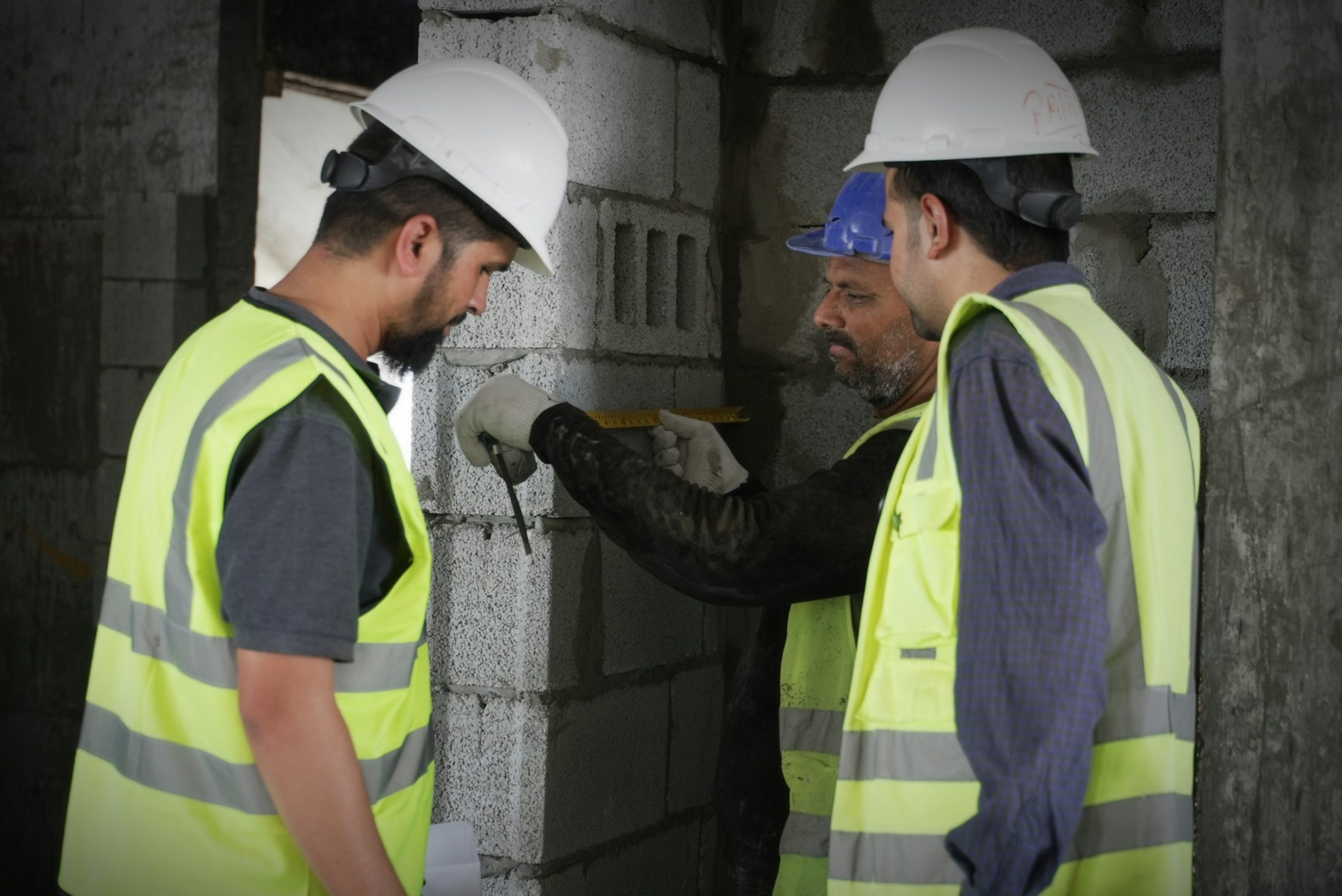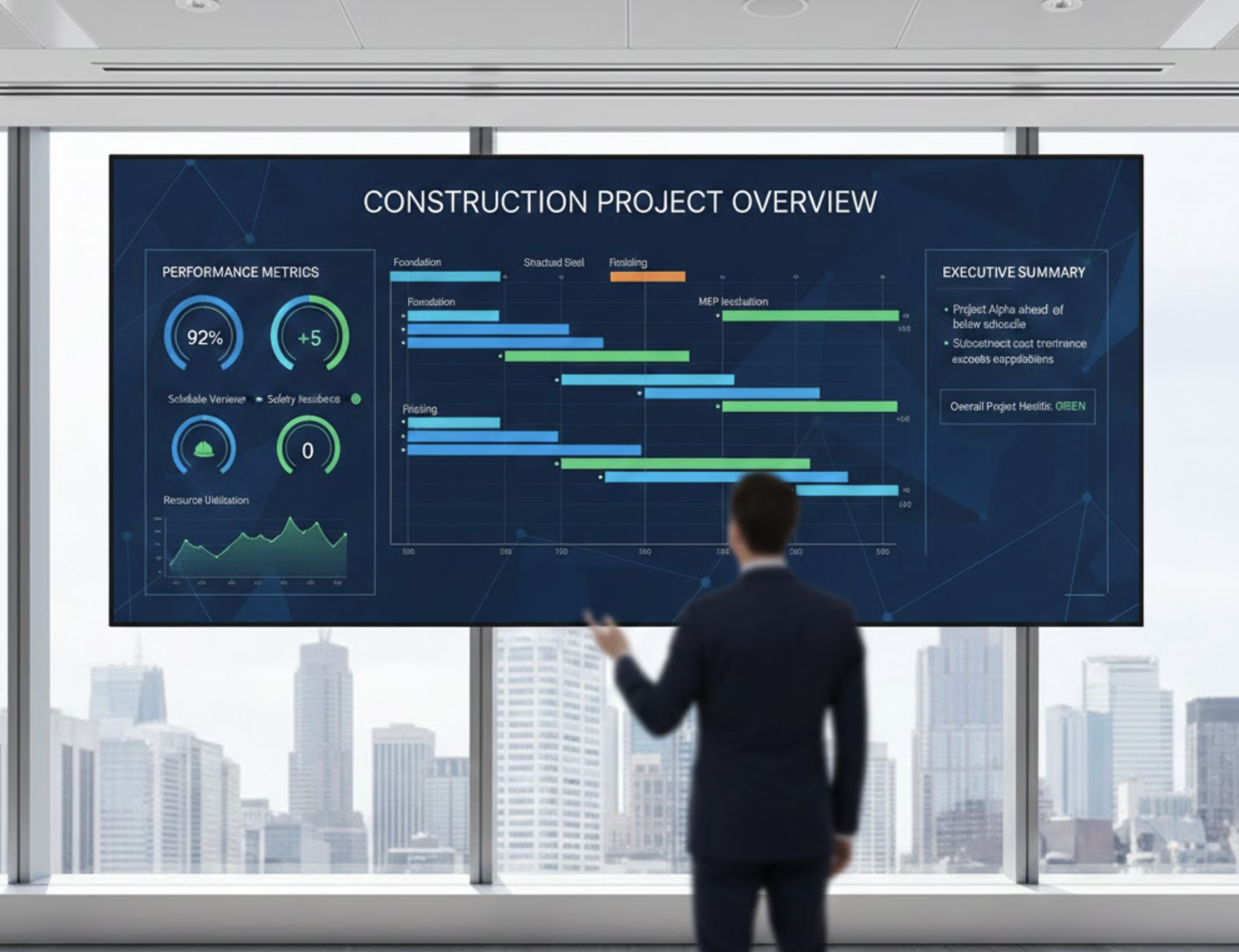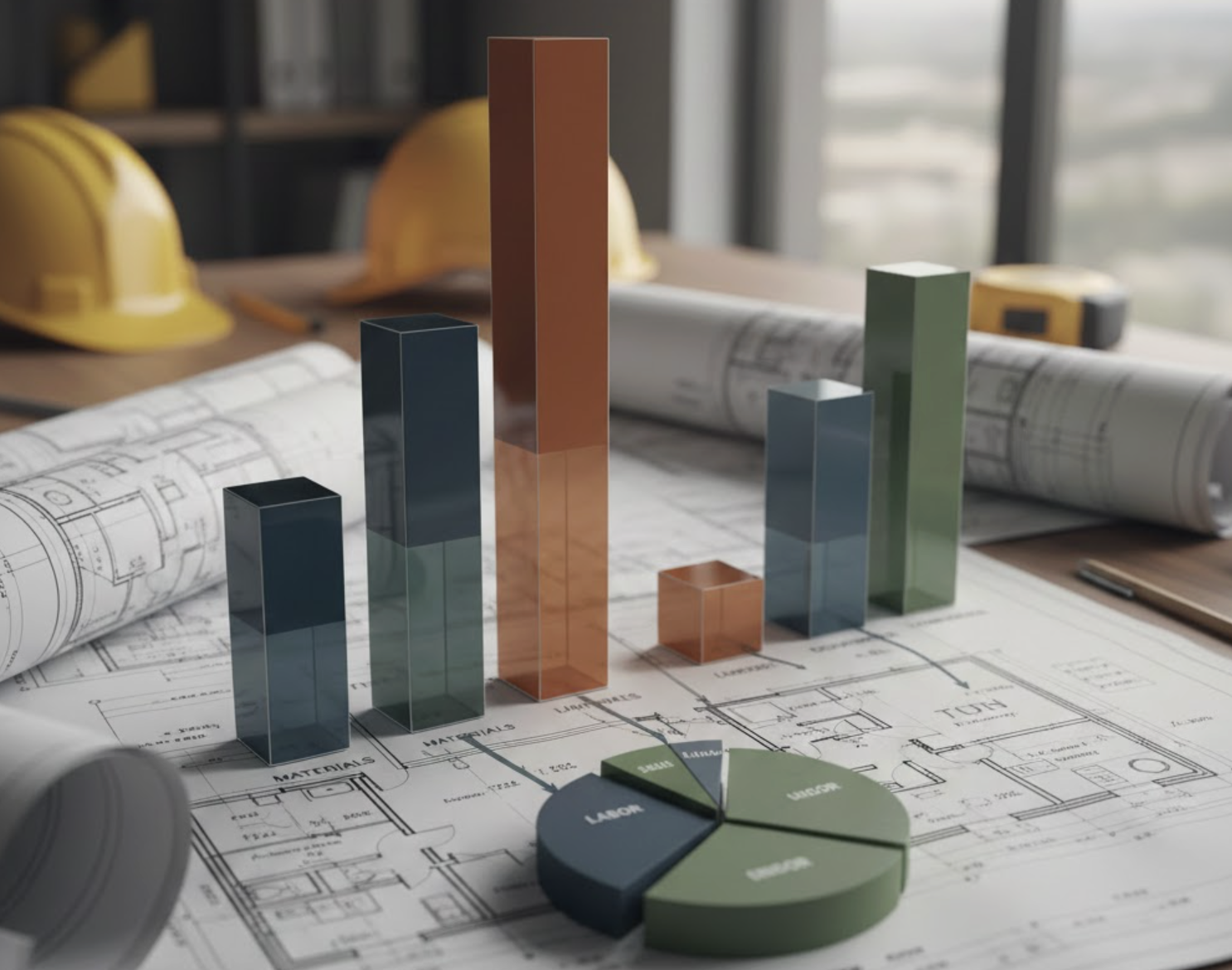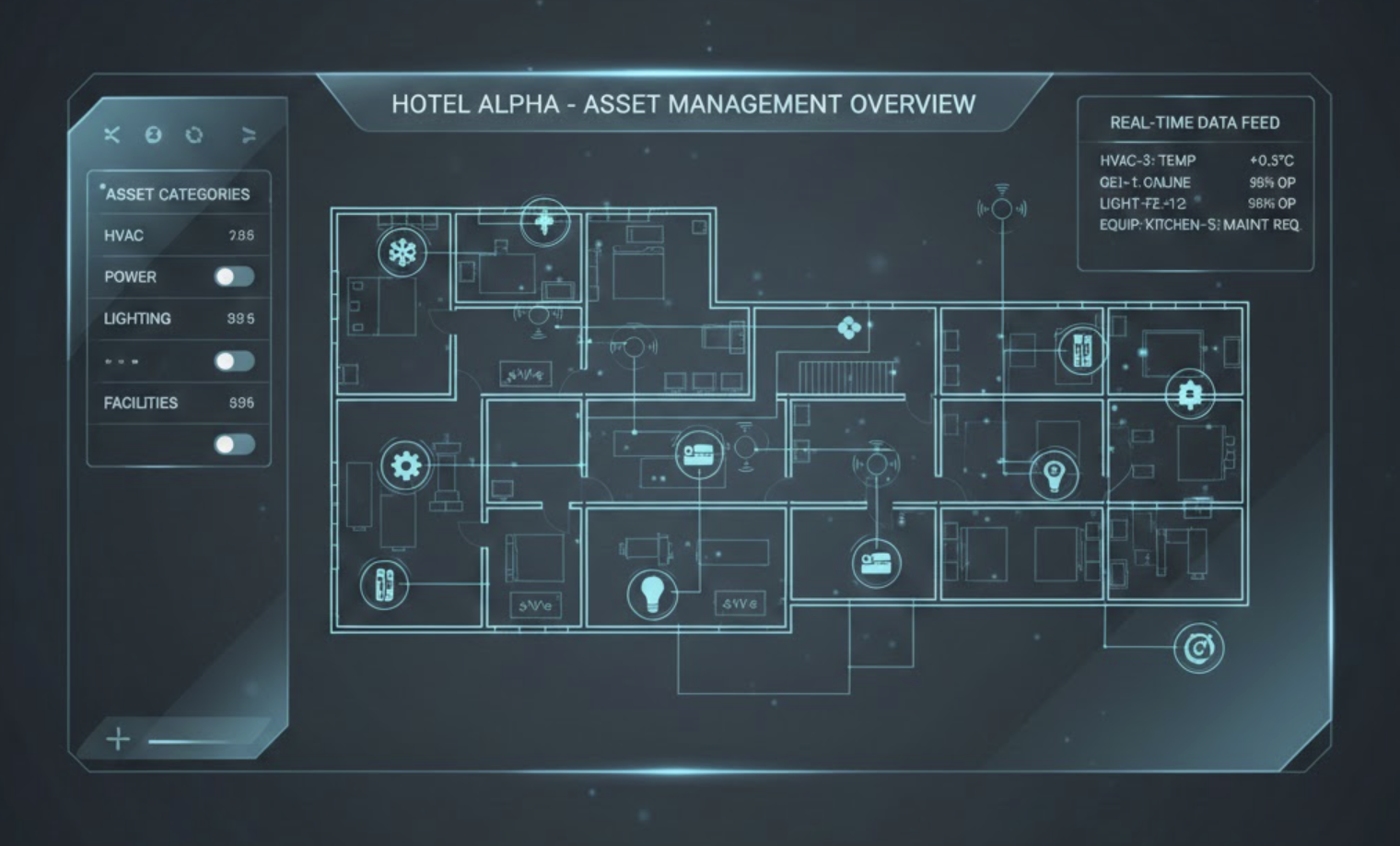Photo Documentation Best Practices for Middle East Job Sites
In the construction industry, particularly in the Middle East, photo documentation is crucial. The complexity and large scale of projects in this region necessitate comprehensive and systematic approaches to project oversight. Effective photo documentation practices help ensure quality management, facilitate dispute resolution, and enhance project tracking. Utilizing the right tools and techniques not only supports compliance with local regulations but also improves overall project performance.
Importance of Photo Documentation in Middle East Job Sites
Photo documentation serves multiple vital roles in construction management. Here are a few key aspects to consider:
- Project Progress Tracking: Photo documentation aids in monitoring project progress, documenting changes, and ensuring safety on job sites. It allows project managers and stakeholders to track advancements effectively and respond promptly to any discrepancies.
- Dispute Resolution: A significant proportion of construction disputes, about 70%, arise from inadequate documentation. Comprehensive photo records can serve as critical evidence, helping resolve disputes efficiently.
- Quality Assurance and Standards: Standardized photo documentation maintains quality expectations with real-time visuals. This practice reduces the need for frequent site inspections while enhancing transparency within the project team.
- Safety and Compliance: Monitoring safety measures through photo documentation is essential, especially in the stringent regulatory environment of the Middle East. It ensures adherence to safety norms and compliance with local laws.
Best Practices for Effective Photo Documentation
Establishing a robust framework for photo documentation is fundamental for success. Here are some best practices to implement:
Routine Documentation
It is important to establish a routine for taking photos—whether daily, weekly, or each time you visit the site. Documenting key project milestones, such as preconstruction surveys, foundational work, structural framing, MEP system installations, and final punch lists, enhances consistency and reliability in your documentation efforts.
Detailing and Contextualizing Photos
Capturing a mix of wide shots for context and close-ups for detailed elements creates a comprehensive visual record. Document structural features and building systems before they are enclosed and take before, during, and after shots for critical tasks to facilitate easy reference.
Consistency
Maintaining consistent angles and intervals while capturing photos is essential for creating a systematic and comparable visual narrative over time. This consistency helps to track progress and identify any significant changes effectively.
Equipment and Methods
Utilizing high-resolution cameras, including 360-degree cameras and drones, allows for extensive site views and can reveal potential issues that may not be apparent from ground level. Proper equipment suited for harsh climatic conditions common in the Middle East ensures reliable documentation.
Organizing Photo Data
To ensure efficient retrieval and management of photo data, create a clear and hierarchical folder structure. For example, structure your folders as “Project/Site/Date/Milestone.” Additionally, employ metadata tagging (including date, time, location, description, trade, and responsible person) to enhance searchability. Implement standard naming conventions for files and folders to avoid confusion, and leverage construction management platforms that support media uploads and facilitate direct links to project plans.
Role of Construction Management Software
The effective integration of construction project management software like Zepth can significantly streamline the photo documentation process. These platforms allow users to upload media efficiently, link visual records to relevant plans, and provide organized tools for retrieving photo data seamlessly.
Additional Benefits of Photo Documentation
- Improved Communication: A well-structured photo documentation system serves as a universal language among project contributors, reducing miscommunications and setbacks.
- Cost Savings: Systematic photo capture can help identify potential problems weeks in advance, reducing rework costs by an average of 25% compared to traditional inspection methods.
- Legal Protection: Having comprehensive photo records provides crucial evidence for potential disputes, forming a transparent and detailed account of project progress from start to finish.
How Zepth Can Help
Streamlined Documentation: Zepth’s tools can ensure that photo documentation practices remain consistent and standardized. All stakeholders can access the same visual records, enhancing collaboration and accountability.
Centralized Management: Zepth’s construction management software allows for the centralized organization of photo data, making it easier to manage, retrieve, and share photos with project teams. By integrating photo documentation into Zepth’s platform, project managers enhance overall transparency and communication while ensuring that every aspect of the project is well-documented and easily accessible.
For those involved in the construction industry in the Middle East, adhering to effective photo documentation best practices is essential for ensuring successful outcomes. For more information on how Zepth can support your construction project management needs, visit Zepth’s website.




